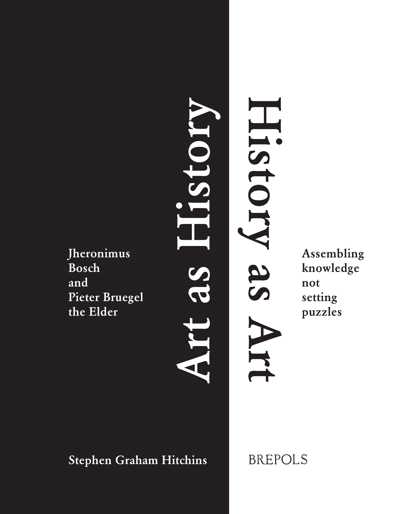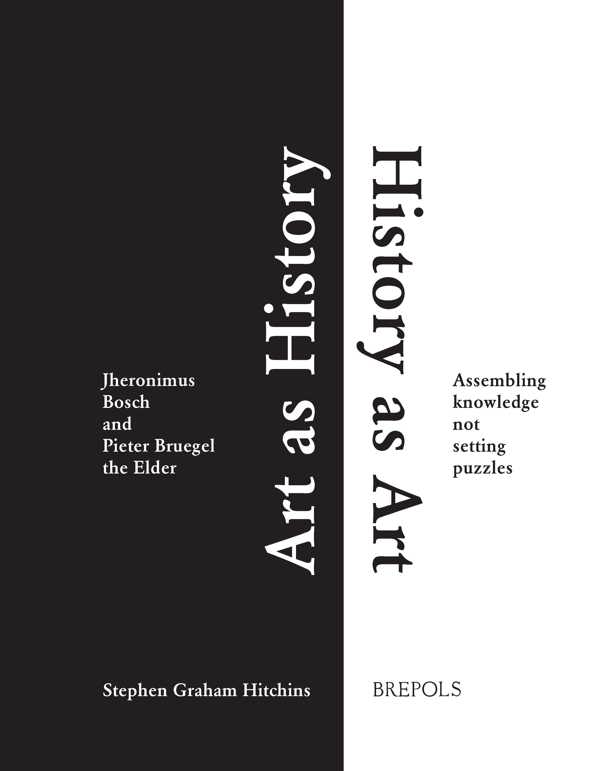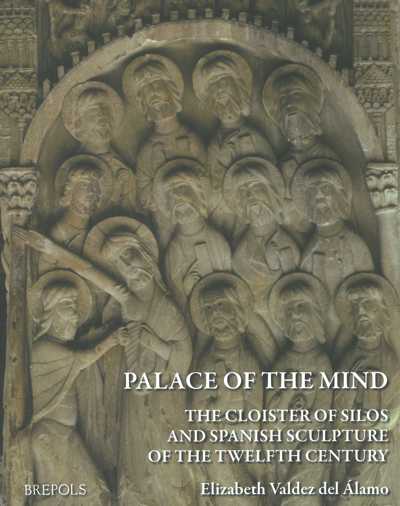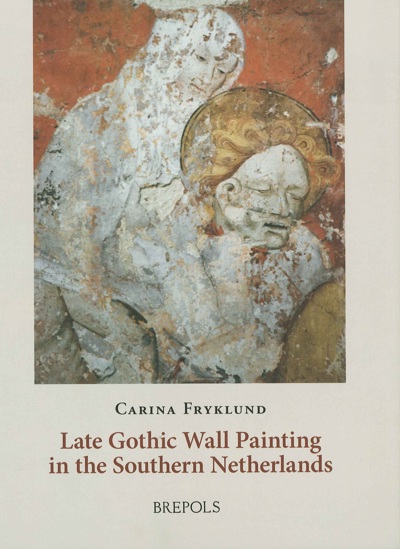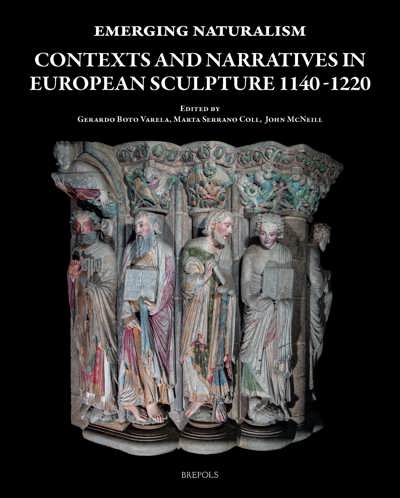
Art as History, History as Art
Jheronimus Bosch and Pieter Bruegel the Elder. Assembling knowledge not setting puzzles
Stephen Graham Hitchins
- Pages: 420 p.
- Size:220 x 280 mm
- Illustrations:100 b/w, 175 col.
- Language(s):English
- Publication Year:2014
- € 150,00 EXCL. VAT RETAIL PRICE
- ISBN: 978-2-503-55455-6
- Hardback
- Available
To mark the 450th anniversary of Pieter Bruegel's death in 2019, we are pleased to offer this book at 50% off until 31 December 2019.
"Zusammenfassend liegt der Wert des optisch durchweg ansprechend gestalteten Buches in den vielen Denkanstößen, dem breiten Einstieg in die visuelle Welt von Bosch und Bruegel und nicht zuletzt darin, den engen und unauflösbaren Zusammenhang von religiöser Auffassung, Politik und Weltdeutung im Œuvre dieser beiden Meister in der Malerei und Grafik zu veranschaulichen." (Stefan Fischer, in: sehepunkte, 15/7-8, 15.07.2015)
"(…) this book remains an essay, in the original sense of that word—an attempt, continually thoughtful, almost a personal dialogue, inviting a respected reader to join in assessing both imagery and context for these enduring works and their painters." (Larry Silver, in: Renaissance Quarterly 68, 4 [2015], p. 1367-1368)
“(…) Stephen Graham Hitchins deserves praise for defining his discipline as an instrument with which to address the world empathically, rather than as one with which to perform ever-finer sorts of cultural dissection in the service of ever more recondite abstraction.” (Bret Rothstein, in Historians of Netherlandish Art, March 2017)
This book challenges many of the assumptions about Jheronimus Bosch and Pieter Bruegel the Elder. The academic contest to unravel these two has never abated. What exactly is the meaning of their work is one of art history’s blood sports. The answer lies in the cultural relationship between the artwork and its audience.
Both artists demonstrate social, economic and political resonances in paintings that are numbingly familiar yet still poorly understood. There is social, religious, and political motivation in their art, an art that is frequently described in art historical isolation.
For Bosch the image was a morality play about the paucity of good in a world teeming with evil monsters. For Bruegel it was frequently a reference to political events.
Far from producing puzzle pictures they were assembling knowledge as part of a visual culture that was central to the life of society. It relates to the knowledge of the world at a particular time and two artists’ experiences of it. It stretches from the sexuality and spirituality of Bosch to secular satisfaction in Bruegel at a time of social upheaval and a great turning point of world history – the beginning of the modern world and the end of the Middle Ages.
